It is amazing how many moths can be attracted to moth traps including urban areas, particularly if there are untidy gardens or you are close to parkland. I live on the edge of a coastal town so I get a wide variety of moths in equally variable numbers including some less common migrant moths.
Because there are often considerable differences from one year to the next, particularly with spring flying moths, making direct comparisons and looking for long term trends can be problematic.
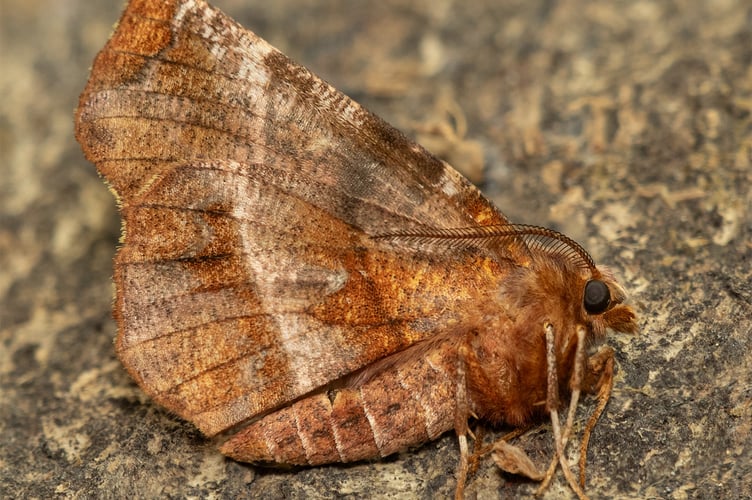
My moth trap is a cheap simple affair based on a builders tub and a kitchen funnel, with the spout cut off, for an entrance and actinic light bulbs. Traditional moth traps used a very bright light but they are being phased out because they contained mercury. The alternative actinic bulbs are also less dazzling for nearby properties and roads.
It tends to feel extra good when you catch rare moths using a home made trap. This spring produced an increase in Early Thorn moths with my first record being in March. The name refers to a small thorn like mark in the central area of their wings which are held upright, like a butterfly, when the moth is at rest. The brownish orange colours make them appear to be merely an old withered leaf. There is also a summertime generation which can be more numerous. Before the arrival of LED lights they often came to lighted windows and fluorescent tube lighting can still attract the occasional moth. Their larvae feed on a wide range of woodland plants.
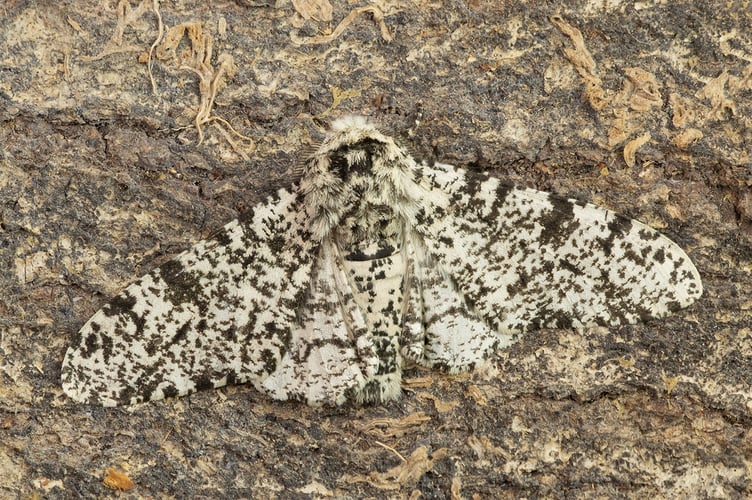
Bright yellow Brimstone moths are another easy to recognise species with a long flight period. My first one this year was as early as March 10. The yellow colour with brownish patches make this another species which tends to resemble a dead leaf. Their caterpillars have a varied diet including Blackthorn and Hawthorn.
Peppered Moths, as their name suggests, are large white moths with dense black speckling on their wings. They normally appear during the midsummer period but this year I caught my first one on March 26 and have regularly seen them during April and May.
Although we have had a reasonably mild winter some of my regular spring moth visitors have been absent or slow to appear this year. The Pine Beauty, with distinctive orange grey and white colours, is another attractive and easy to recognise moth.

A few usually turn up during early April but they were later this year and I didn’t catch my first one until the last week of April. They are attracted to pine trees where their larvae can prove problematic if numbers become too large. Another species which normally appears during March is the small brownish rather bland looking Light Brown Apple Moth. They originated from Australia and arrived here during the 1930’s possibly with imported apples. This year they failed to appear before late April and even then only small numbers came to my moth trap. They are usually a common species around our area although their original country means the population can be sensitive to cold winters. Although the larvae feed on apple leaves they can be found on many similar plants.
The little day flying Micropterix calthella moths have been clustered in good numbers on buttercup flowers this year. They are easy to overlook but a close inspection will show their golden wings and orange haired heads.
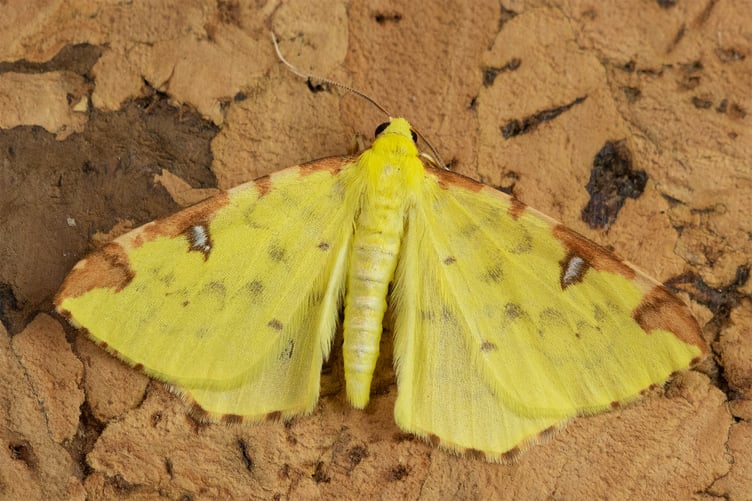
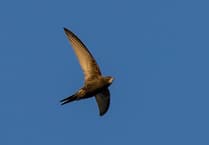

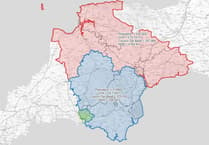
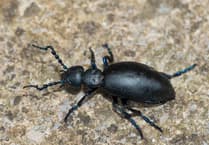
Comments
This article has no comments yet. Be the first to leave a comment.